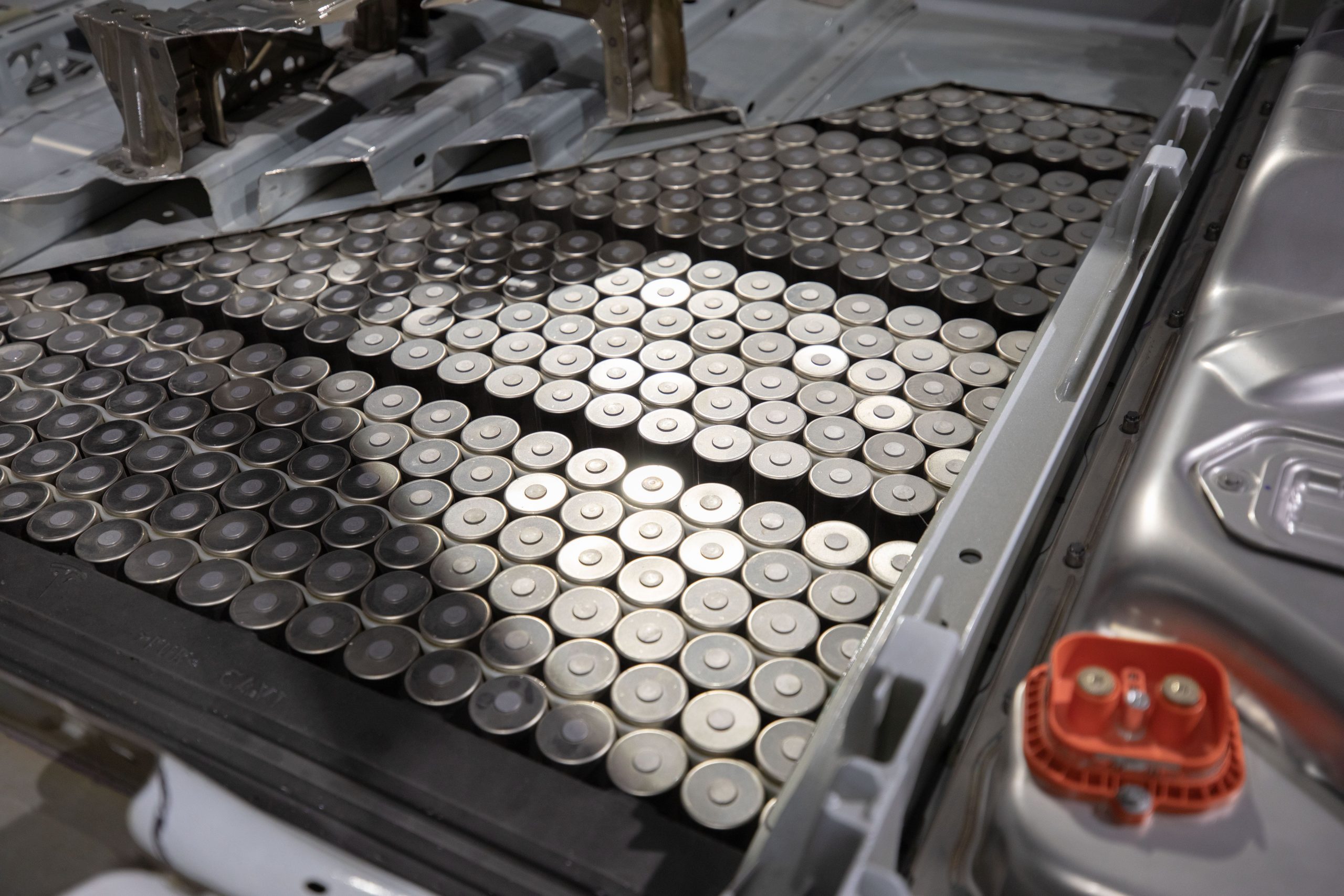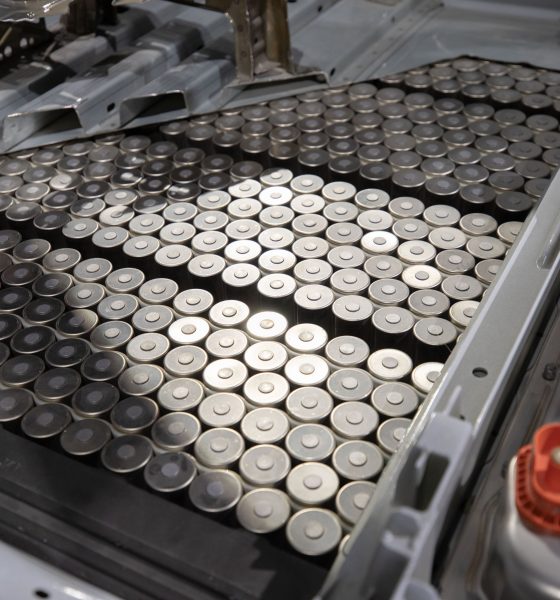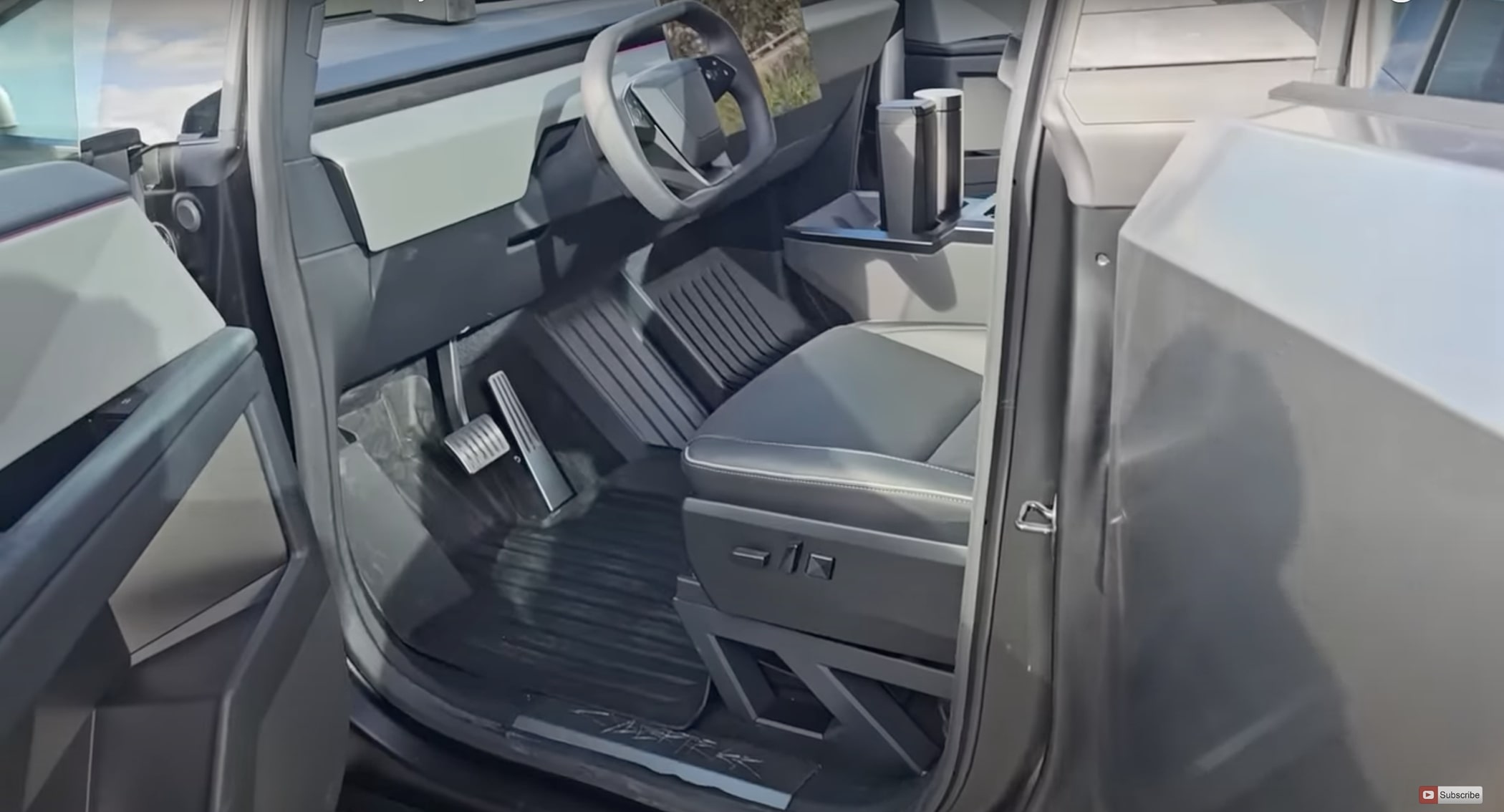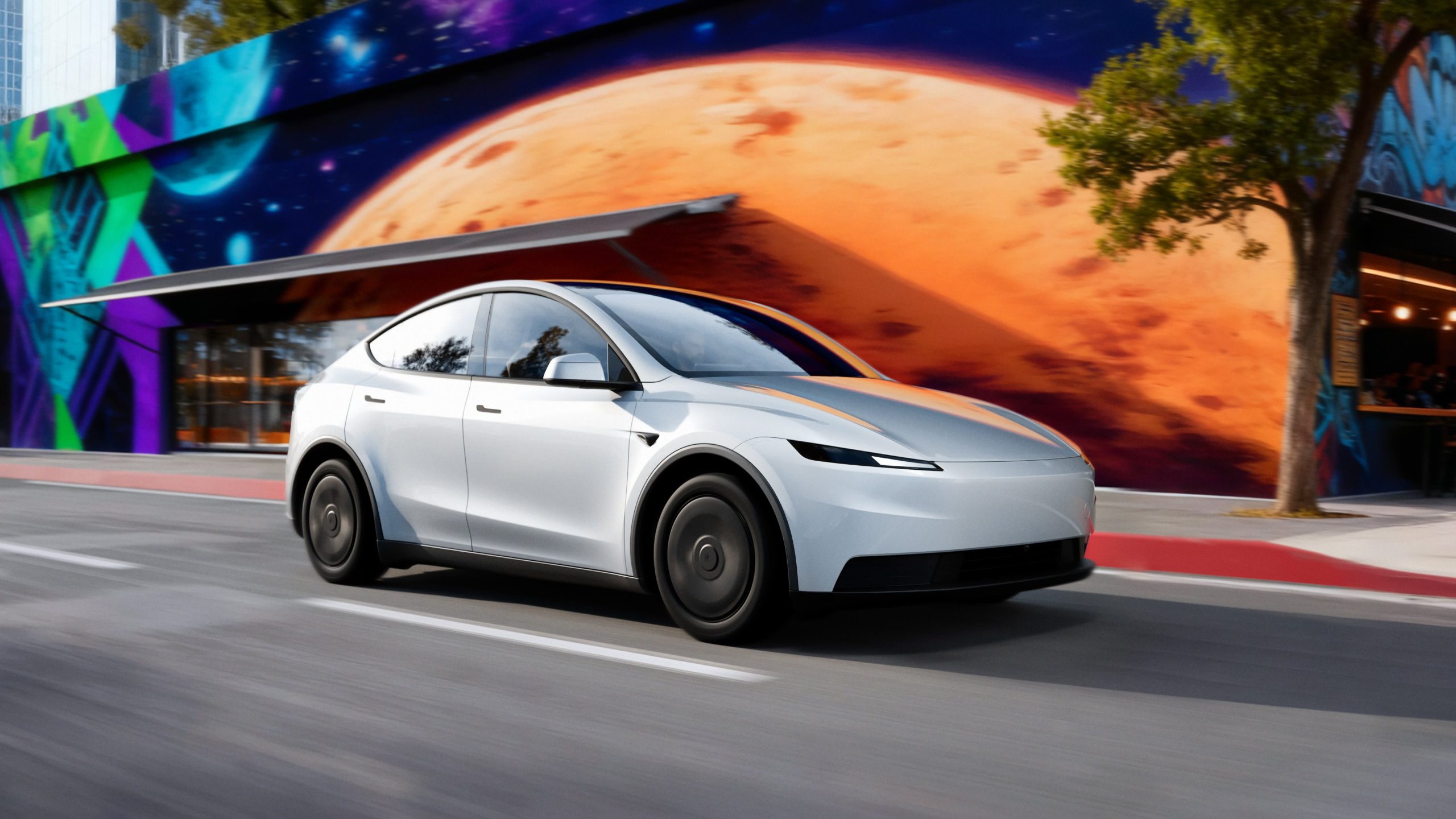

News
EV battery replacement will soon cost less than fixing a gas engine: study
A new study claims that replacing an electric vehicle battery will soon cost less than fixing the engine of a gas car. This is one of the most notable arguments that supporters of combustion engines use to attempt to disprove the effectiveness of electric vehicles.
Recurrent found that the cost of electric vehicle batteries and where they are headed in terms of pricing is on pace for the replacement of an entire pack to be less than a gas engine repair by 2030.
This was supported by the projected cost of EV battery prices in a new study from Goldman Sachs. The firm said that by 2026, battery prices are projected to reach $80 per kilowatt hour (kWh), roughly half the price of what they were priced in 2023.
In just three years, the cost of EV batteries was sliced in half, but the movement could continue to work in the favor of consumers and EV drivers. Goldman Sachs continued to report that their projected cost for batteries is $64 per kWh, but some, like RMI, have it as low as $32 per kWh.
The report from Recurrent states:
Goldman Sachs’ October 2024 report puts the estimated pack price in 2030 at $64/kWh. Compared to other estimates, this number is high. In January 2024, industry leader RMI estimated a 2030 cell price of $32–$54/kWh, or $45-$65/kWh for the pack. However, over the course of 2024, CATL began offering LFP cells as low as $56/kWh and BYD followed. This summer, Clean Energy Associate predicted that the global market for lithium-ion batteries will remain oversupplied through 2028, meaning even lower than anticipated prices.”
The study continued:
“This puts pack prices at or under $50/kWh. For a huge, 100 kWh pack, replacement costs might be $4500-$5000, or $3,375 for a more standard 75 kWh pack. That’s on par with an engine replacement!”
This would effectively mean the cost of replacing an EV battery pack would drop to 30 percent of what it did in 2020.
Goldman Sachs detailed the causes of the prices per kWh dropping in its report:
“A continued downturn in battery metal prices. That includes lithium and cobalt, and nearly 60% of the cost of batteries is from metals. …Roughly over 40% of the decline is just coming from lower commodity costs, because we had a lot of green inflation during 2020 to 2023.”
The EV sector is still young, but the encouraging studies that show prices for battery replacement going down are big news for both companies and consumers.
Companies can likely rely on these price reductions to help increase sales and start seeing some return on their massive investments in EVs. Meanwhile, consumers will be less weary of the expensive task of replacing a battery pack.
- https://shop.teslarati.com/collections/tesla-cybertruck-accessories
- https://shop.teslarati.com/collections/tesla-model-y-accessories
- https://shop.teslarati.com/collections/tesla-model-3-accessories
Please email me with questions and comments at joey@teslarati.com. I’d love to chat! You can also reach me on X @KlenderJoey, or if you have news tips, you can email us at tips@teslarati.com.

News
Tesla adjusts crucial feature as winter weather arrives

Tesla has adjusted the functionality of a crucial climate feature as Winter weather has started to arrive throughout some parts of the United States. The new feature was highly requested by owners.
Tesla has a Cabin Overheat Protection feature that helps keep the temperature regulated if it reaches a certain threshold. Inversely, it can be used in cold weather as well, which will automatically warm the cabin if it sinks to a temperature that is too low for the owner’s comfort.
This is a great way to keep the cabin either warmed up just enough or cooled down just enough so that it never gets too hot or too cold. Extreme temperatures could damage certain parts of the vehicle or damage personal belongings that are kept inside the car.
Overheat protection is a great thing to have in hot climates like Arizona or Texas, especially with the Premium trims of the Model 3 and Model Y, which feature a glass roof.
Many owners appreciate the feature, but they argue that using it at home will utilize too much energy, especially during extreme temperatures. For a while, many Tesla fans have requested an option to disable this feature when the car is parked at home, which the company recently added, according to Not a Tesla App.
The feature is part of Software Version 2025.44.3, and the release notes state:
“You can now choose Exclude Home when Cabin Overheat Protection or No A/C is enabled.”
Tesla has been great at listening to what owners want with new features, and this is one that will reserve some charge and prevent unnecessary utilization of available power, especially as the car is parked at home. If owners want to condition the cabin or get the car ready for operation with a comfortable interior, they can utilize the Tesla app to adjust the climate.
Elon Musk
Tesla CEO Elon Musk sends rivals dire warning about Full Self-Driving

Tesla CEO Elon Musk revealed today on the social media platform X that legacy automakers, such as Ford, General Motors, and Stellantis, do not want to license the company’s Full Self-Driving suite, at least not without a long list of their own terms.
“I’ve tried to warn them and even offered to license Tesla FSD, but they don’t want it! Crazy,” Musk said on X. “When legacy auto does occasionally reach out, they tepidly discuss implementing FSD for a tiny program in 5 years with unworkable requirements for Tesla, so pointless.”
I’ve tried to warn them and even offered to license Tesla FSD, but they don’t want it! Crazy …
When legacy auto does occasionally reach out, they tepidly discuss implementing FSD for a tiny program in 5 years with unworkable requirements for Tesla, so pointless. 🤷♂️
🦕 🦕
— Elon Musk (@elonmusk) November 24, 2025
Musk made the remark in response to a note we wrote about earlier today from Melius Research, in which analyst Rob Wertheimer said, “Our point is not that Tesla is at risk, it’s that everybody else is,” in terms of autonomy and self-driving development.
Wertheimer believes there are hundreds of billions of dollars in value headed toward Tesla’s way because of its prowess with FSD.
A few years ago, Musk first remarked that Tesla was in early talks with one legacy automaker regarding licensing Full Self-Driving for its vehicles. Tesla never confirmed which company it was, but given Musk’s ongoing talks with Ford CEO Jim Farley at the time, it seemed the Detroit-based automaker was the likely suspect.
Tesla’s Elon Musk reiterates FSD licensing offer for other automakers
Ford has been perhaps the most aggressive legacy automaker in terms of its EV efforts, but it recently scaled back its electric offensive due to profitability issues and weak demand. It simply was not making enough vehicles, nor selling the volume needed to turn a profit.
Musk truly believes that many of the companies that turn their backs on FSD now will suffer in the future, especially considering the increased chance it could be a parallel to what has happened with EV efforts for many of these companies.
Unfortunately, they got started too late and are now playing catch-up with Tesla, XPeng, BYD, and the other dominating forces in EVs across the globe.
News
Tesla backtracks on strange Nav feature after numerous complaints

Tesla is backtracking on a strange adjustment it made to its in-car Navigation feature after numerous complaints from owners convinced the company to make a change.
Tesla’s in-car Navigation is catered to its vehicles, as it routes Supercharging stops and preps your vehicle for charging with preconditioning. It is also very intuitive, and features other things like weather radar and a detailed map outlining points of interest.
However, a recent change to the Navigation by Tesla did not go unnoticed, and owners were really upset about it.
For trips that required multiple Supercharger stops, Tesla decided to implement a naming change, which did not show the city or state of each charging stop. Instead, it just showed the business where the Supercharger was located, giving many owners an unwelcome surprise.
However, Tesla’s Director of Supercharging, Max de Zegher, admitted the update was a “big mistake on our end,” and made a change that rolled out within 24 hours:
The naming change should have happened at once, instead of in 2 sequential steps. That was a big miss on our end. We do listen to the community and we do course-correct fast. The accelerated fix rolled out last night. The Tesla App is updated and most in-car touchscreens should…
— Max (@MdeZegher) November 20, 2025
The lack of a name for the city where a Supercharging stop would be made caused some confusion for owners in the short term. Some drivers argued that it was more difficult to make stops at some familiar locations that were special to them. Others were not too keen on not knowing where they were going to be along their trip.
Tesla was quick to scramble to resolve this issue, and it did a great job of rolling it out in an expedited manner, as de Zegher said that most in-car touch screens would notice the fix within one day of the change being rolled out.
Additionally, there will be even more improvements in December, as Tesla plans to show the common name/amenity below the site name as well, which will give people a better idea of what to expect when they arrive at a Supercharger.








